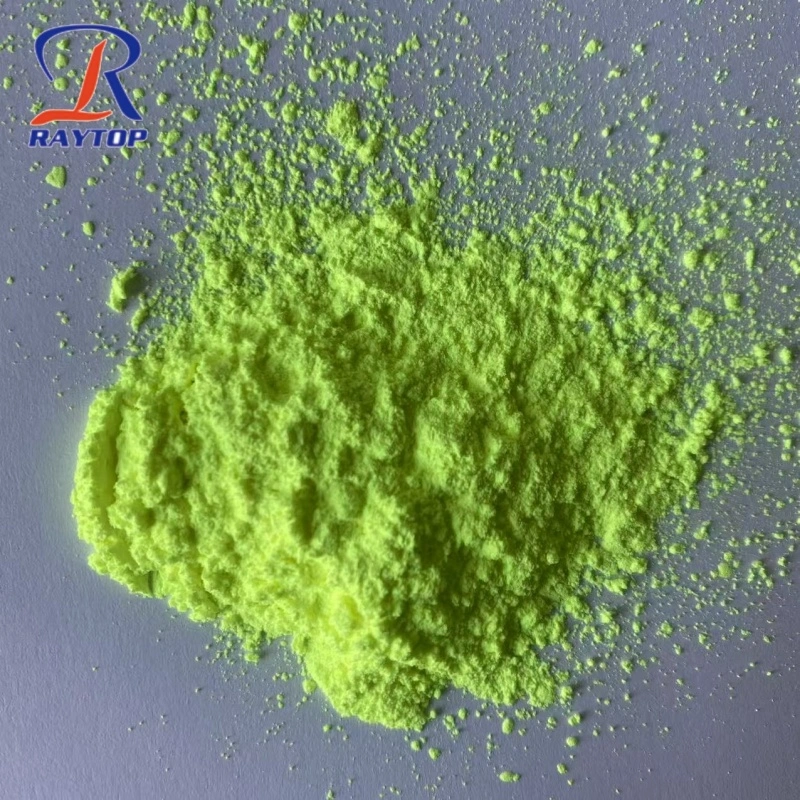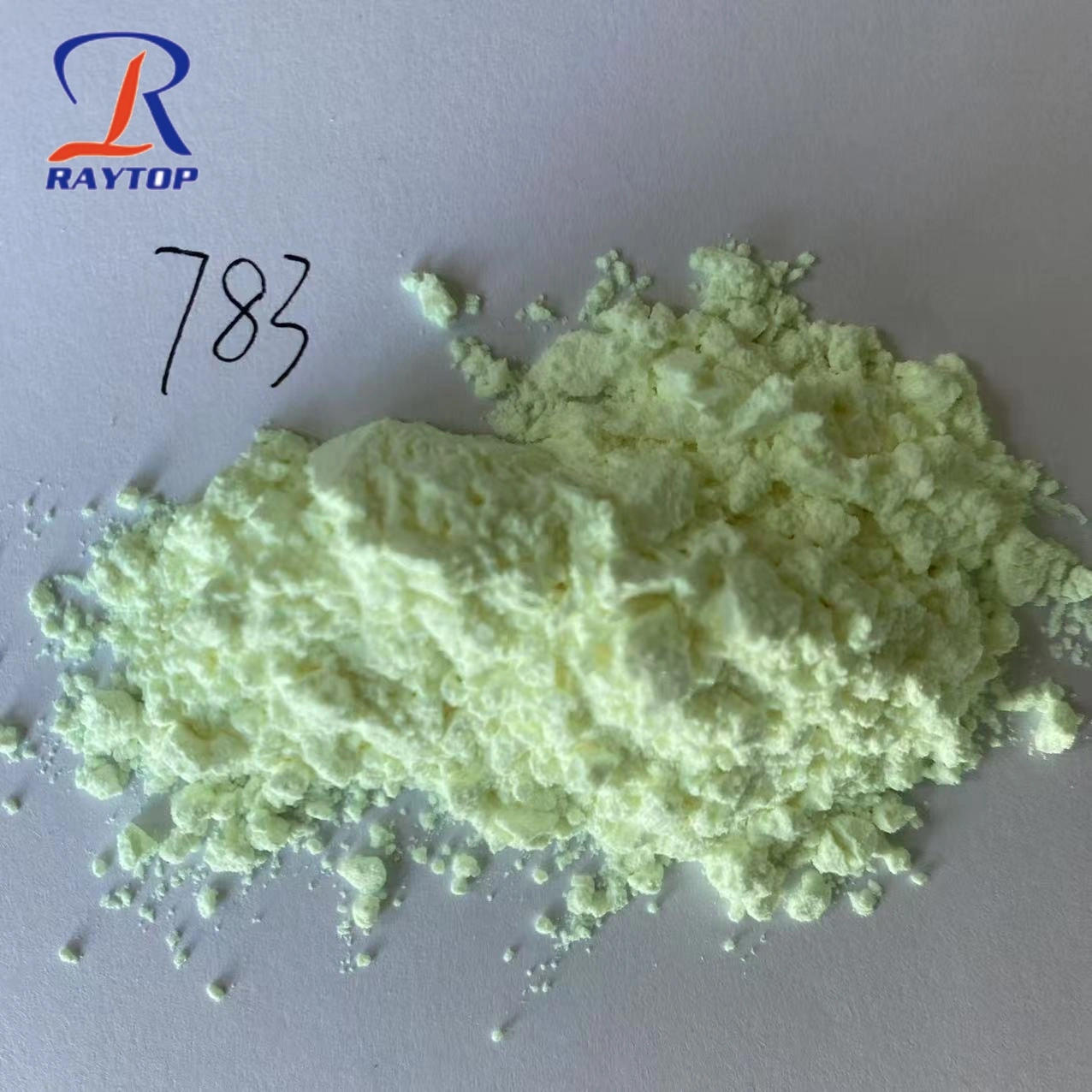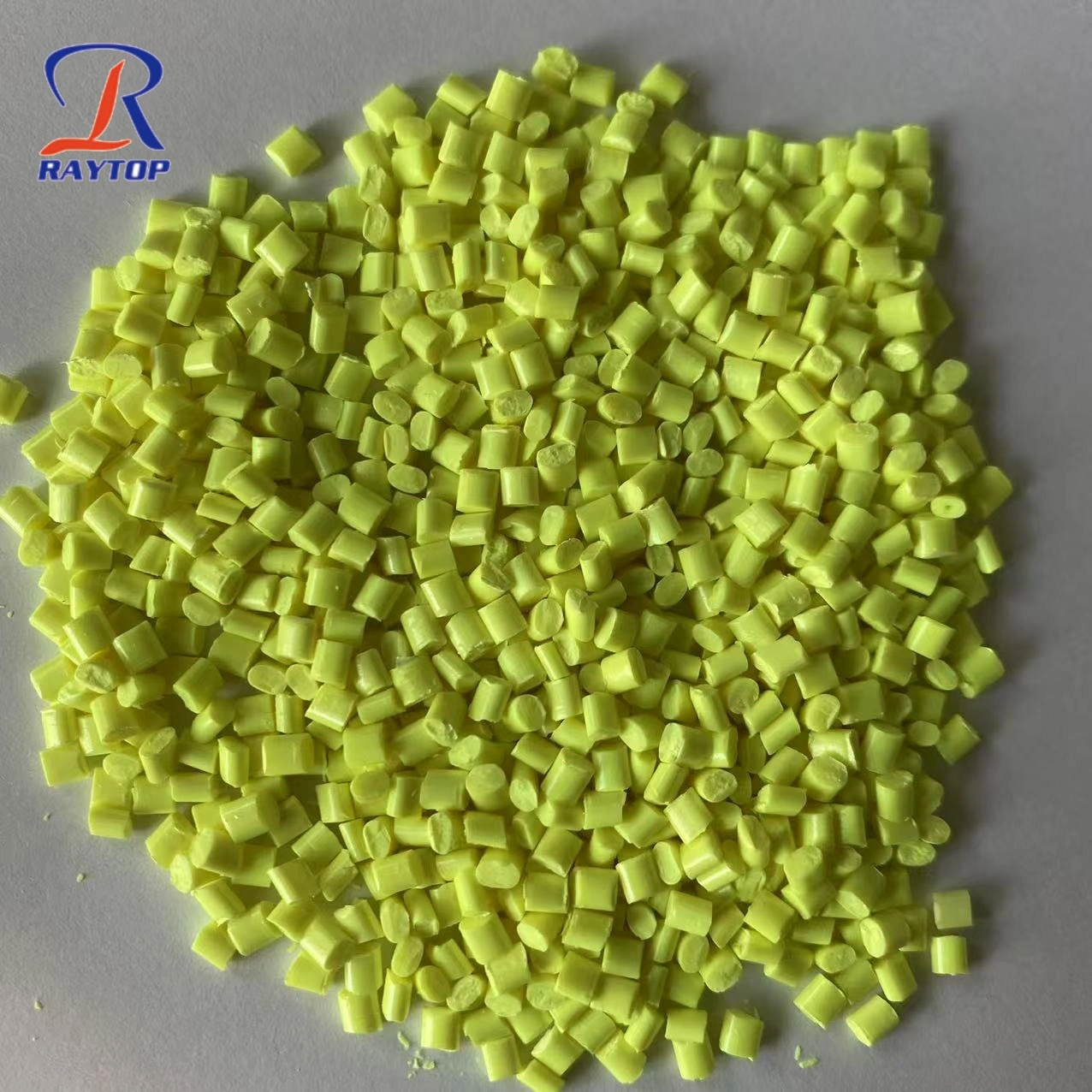Antioxidant 225B – High-Performance Antioxidant for Plastics and Rubber
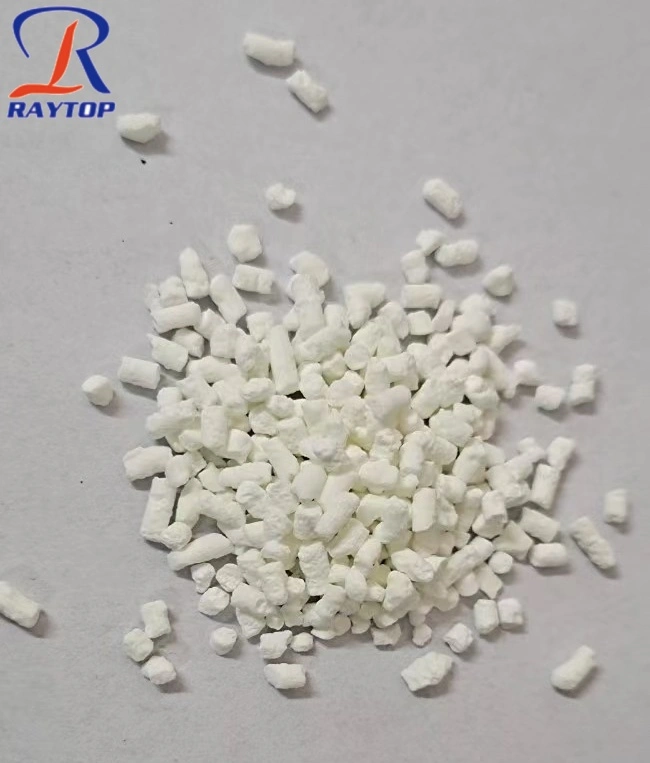
Product Overview
Antioxidant 225B is a highly effective compound antioxidant, composed of Antioxidant 1010 and Antioxidant 168 in a 1:1 ratio. It provides excellent thermal stability and processing stability, preventing polymer degradation and aging caused by heat and oxygen exposure. This ensures enhanced durability and performance for various materials, including polypropylene (PP), polyethylene (PE), ABS, PS, PVC, and engineering plastics.
Key Features
Synergistic Antioxidant Effect – Antioxidant 1010 offers long-term thermal stability, while Antioxidant 168 acts as a phosphite antioxidant to decompose peroxides. The combination significantly enhances antioxidant efficiency.
Superior Heat Resistance – Suitable for high-temperature processing in PP, PE, ABS, PVC, and engineering plastics.
Low Volatility & Migration – Maintains long-term stability without volatilization or precipitation during processing and application.
Excellent Compatibility – Works well with UV absorbers, light stabilizers, and other additives to improve material weather resistance.
Technical Specifications
| Item | Specification |
|---|---|
| Appearance | White to light yellow powder or granules |
| Antioxidant 1010 Content (%) | 50 ± 1 |
| Antioxidant 168 Content (%) | 50 ± 1 |
| Melting Point (°C) | 110 - 125 |
| Volatile Matter (%) | ≤ 0.5 |
| Solubility | Soluble in benzene, toluene, and organic solvents; insoluble in water |
| Ash Content (%) | ≤ 0.1 |
Applications of Antioxidant 225B
| Material | Function |
|---|---|
| Polypropylene (PP), Polyethylene (PE) | Enhances heat resistance and prevents thermo-oxidative degradation |
| ABS, PS, PVC | Improves anti-aging performance and extends product lifespan |
| Engineering Plastics (PC, PA, PET) | Increases weather resistance and reduces degradation during processing |
| Rubber Products | Prevents oxidation-induced discoloration and brittleness |
| Thermoplastic Elastomers (TPE, TPU) | Maintains flexibility and mechanical strength |
Usage & Recommended Dosage
| Material | Dosage (%) | Application Method |
|---|---|---|
| PP, PE | 0.1 - 0.3 | Blend with resin before extrusion and pelletizing |
| ABS, PS | 0.2 - 0.5 | Can be used with other additives |
| PVC | 0.3 - 0.8 | Suitable for transparent and masterbatch systems |
| Rubber Products | 0.2 - 0.5 | Added during mixing or compounding |
| PET, PC | 0.15 - 0.4 | Used during pelletizing or injection molding |
Packaging & Storage
Packaging: 25kg paper-plastic composite bags or fiber drums; customized packaging available.
Storage: Store in a cool, dry, and well-ventilated area, avoiding direct sunlight and moisture.
Shelf Life: 2 years under sealed conditions, maintaining long-term stability.
Conclusion
Antioxidant 225B is a high-efficiency, low-volatility compound antioxidant, widely used in plastics, rubber, and engineering polymers to enhance long-term stability and resistance to oxidation.
For more information or customized solutions, feel free to contact us!
What is Antioxidant 1010?
High-Performance Hindered Phenolic Antioxidant
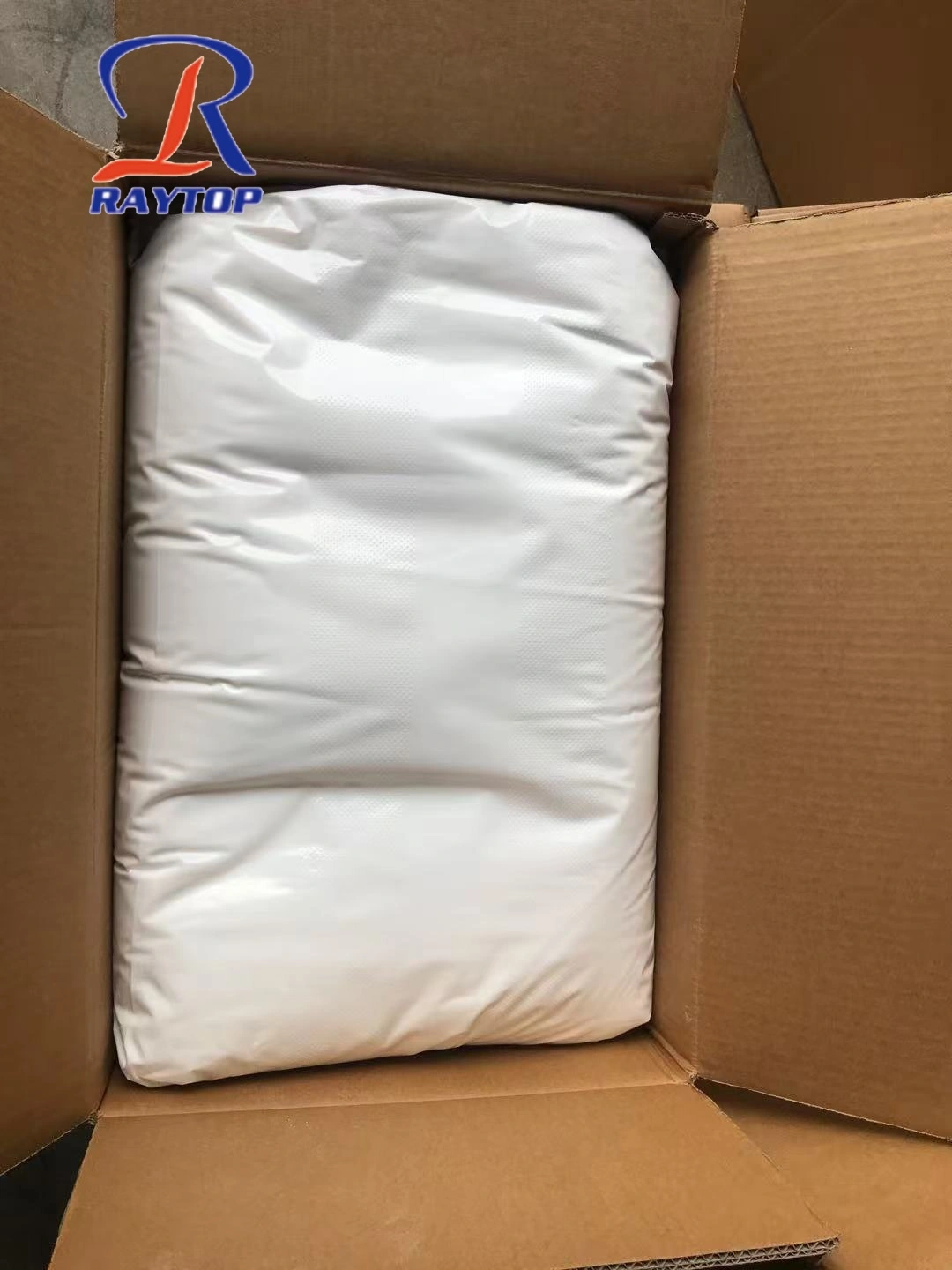
1. Product Overview
Antioxidant 1010 (Chemical Name: Tetra(β-(3,5-di-tert-butyl-4-hydroxyphenyl)propionate) pentaerythritol) is a highly effective hindered phenolic antioxidant. It provides excellent thermal stability and long-term oxidation resistance, making it widely used in plastics, rubber, coatings, and fibers to extend product lifespan and prevent degradation.
2. Key Features
Long-lasting Antioxidant Performance – Provides superior thermal-oxidative stability, preventing polymer degradation.
Low Volatility – Suitable for high-temperature processing and long-term applications without volatilization or migration.
Excellent Compatibility – Works well with polyolefins (PP, PE), PVC, ABS, PC, PET, rubber, and more.
Synergistic Effects – Can be combined with Antioxidant 168, UV absorbers, and light stabilizers to enhance overall aging resistance.
3. Technical Specifications
| Item | Specification |
|---|---|
| CAS No. | 6683-19-8 |
| Molecular Formula | C73H108O12 |
| Molecular Weight | 1177.65 |
| Appearance | White powder or granules |
| Melting Point (°C) | 110 - 125 |
| Volatile Matter (%) | ≤ 0.5 |
| Ash Content (%) | ≤ 0.1 |
| Solubility | Soluble in benzene, toluene, chloroform; insoluble in water |
4. Applications
| Material | Main Function |
|---|---|
| PP, PE | Prevents thermal oxidation and enhances aging resistance |
| ABS, PS | Improves stability and prevents discoloration |
| PVC | Enhances oxidation resistance and extends product lifespan |
| PET, PC | Provides long-term antioxidant protection |
| Rubber Products | Prevents oxidation-induced brittleness and discoloration |
5. Usage & Recommended Dosage
| Material | Dosage (%) | Application Method |
|---|---|---|
| PP, PE | 0.1 - 0.3 | Blend with resin before processing |
| ABS, PS | 0.2 - 0.5 | Can be used with Antioxidant 168 |
| PVC | 0.3 - 0.8 | Suitable for transparent and masterbatch systems |
| PET, PC | 0.15 - 0.4 | Used in pelletizing or injection molding |
| Rubber Products | 0.2 - 0.5 | Added during mixing or compounding |
What is Antioxidant 168 ?– High-Performance Phosphite Antioxidant
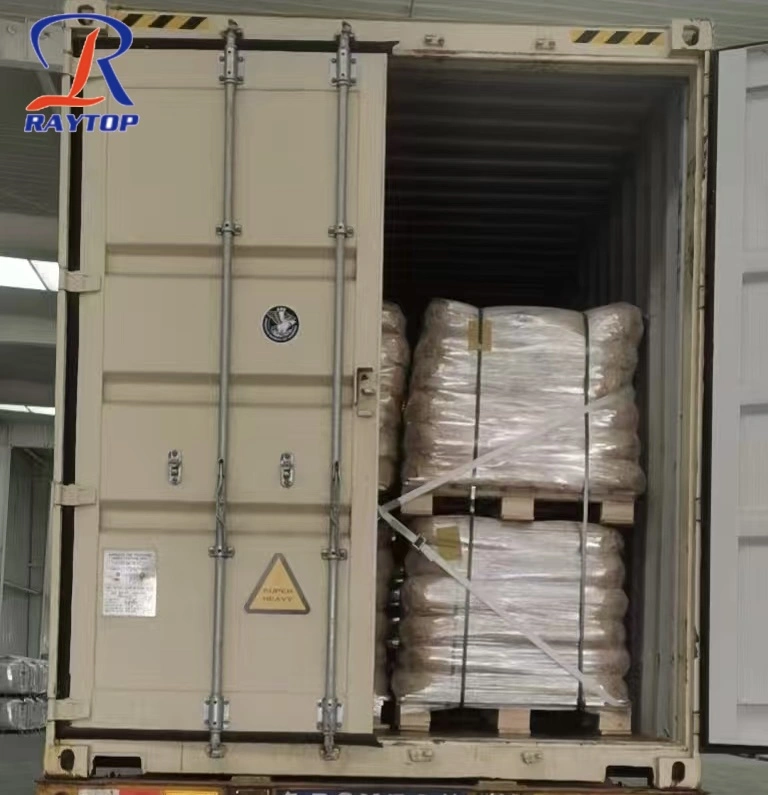
1. Product Overview
Antioxidant 168 (Chemical Name: Tris(2,4-di-tert-butylphenyl) phosphite) is an efficient auxiliary antioxidant, classified as a phosphite antioxidant. Its primary function is to decompose peroxides generated during polymer processing, thereby preventing material degradation and enhancing processing stability. Antioxidant 168 is commonly used in combination with Antioxidant 1010 to form a synergistic antioxidant system (such as Antioxidant 225B) for comprehensive oxidation protection.
2. Key Features
Excellent Processing Stability – Decomposes peroxides, improving the thermal-oxidative stability of plastics and rubber.
Low Volatility & Migration – Does not evaporate or leach out during high-temperature processing, making it suitable for injection molding, extrusion, and blow molding.
Good Compatibility – Works well with PP, PE, ABS, PVC, PS, PC, PET, and other polymers and can be blended with other antioxidants and light stabilizers.
Enhanced Antioxidant Performance – Often used with Antioxidant 1010 to improve long-term oxidation resistance, reducing discoloration and degradation.
3. Technical Specifications
| Item | Specification |
|---|---|
| CAS No. | 31570-04-4 |
| Molecular Formula | C42H63O3P |
| Molecular Weight | 646.93 |
| Appearance | White powder or granules |
| Melting Point (°C) | 183 - 187 |
| Volatile Matter (%) | ≤ 0.3 |
| Solubility | Soluble in benzene, toluene, chloroform; insoluble in water |
4. Applications
| Material | Main Function |
|---|---|
| PP, PE | Provides thermal processing stability, preventing material degradation |
| ABS, PS | Reduces the impact of peroxides during processing |
| PVC | Improves heat resistance and reduces yellowing |
| PET, PC | Provides long-term oxidation protection |
| Rubber Products | Prevents oxidative degradation during high-temperature processing |
5. Usage & Recommended Dosage
| Material | Dosage (%) | Application Method |
|---|---|---|
| PP, PE | 0.1 - 0.3 | Blend with resin before processing |
| ABS, PS | 0.2 - 0.5 | Can be used with Antioxidant 1010 |
| PVC | 0.3 - 0.8 | Suitable for transparent and masterbatch systems |
| PET, PC | 0.15 - 0.4 | Used in pelletizing or injection molding |
| Rubber Products | 0.2 - 0.5 | Added during mixing or compounding |
Antioxidant Usage FAQ
Q1: At what processing temperature should antioxidants be added?
Antioxidants are recommended when processing temperatures exceed 180°C, as heat oxidation can cause material degradation. However, different materials and processes require antioxidants at varying temperatures.
Q2: What are the typical processing temperatures and antioxidant requirements for common materials?
| Material | Typical Processing Temperature (°C) | Antioxidant Requirement | Recommended Antioxidants |
|---|---|---|---|
| PP (Polypropylene) | 180 - 250 | Required, especially at high temperatures | 1010 + 168 (225B blend) |
| PE (Polyethylene) | 160 - 240 | Required to prevent degradation | 1010 / 1076 / 168 |
| PVC (Polyvinyl Chloride) | 140 - 200 | Recommended to prevent yellowing | 1010 / 168 / 626 |
| ABS | 190 - 250 | Required for thermal stability | 1010 + 168 |
| PC (Polycarbonate) | 230 - 300 | Essential to prevent oxidative degradation | 1010 + 168 |
| PET (Polyester) | 250 - 290 | Essential to reduce degradation | 1010 + 168 / 3114 |
| PS (Polystyrene) | 180 - 240 | Required to prevent aging | 1010 / 168 |
| Rubber (e.g., SBR, NBR, EPDM) | 140 - 220 | Required to prevent oxidative aging | 1010 / 2246 / DTPD |
Q3: How to choose the right antioxidant?
Low-temperature processing (<180°C): Use phenolic antioxidants (1010, 1076) for long-term stability.
Medium to high-temperature processing (180 - 250°C): 1010 + 168 combination is recommended—168 decomposes peroxides during processing, while 1010 provides long-term protection.
Ultra-high-temperature processing (>250°C): Use high-performance antioxidants like 3114, TPP, or HP136, often combined with UV stabilizers.
Q4: Summary of Antioxidant Usage Guidelines
For processing temperatures above 180°C, antioxidants should be added, especially for PP, PE, PC, PET, and other high-temperature polymers.
The combination of phenolic antioxidants (1010, 1076) and phosphite antioxidants (168) provides the best results, ensuring both long-term stability and protection during processing.
The exact dosage and formulation depend on the resin type, processing method, and final application.
Q5:What are the products called for different ratios of Antioxidant 1010 and 168?
| Antioxidant 1010 : 168 | Product Name | Characteristics and Applications |
|---|---|---|
| 1 : 0 | Antioxidant 1010 | High-efficiency hindered phenol antioxidant, suitable for high-temperature processing of plastics and rubber. |
| 0 : 1 | Antioxidant 168 | Phosphite antioxidant, mainly used to prevent thermal oxidative degradation. |
| 1 : 1 | Antioxidant 225 | 1:1 mixture of 1010 and 168, with significant synergistic effects, suitable for various plastics. |
| 1 : 2 | Antioxidant 215 | 1:2 mixture of 1010 and 168, suitable for high-demand plastic products. |
1 : 3 1:4 | Antioxidant 220 Antioxidant 561 |
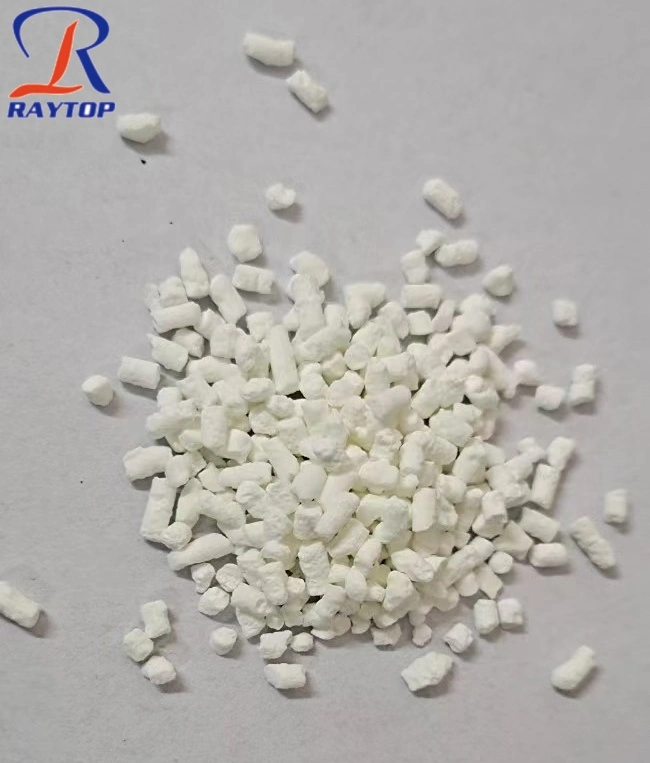
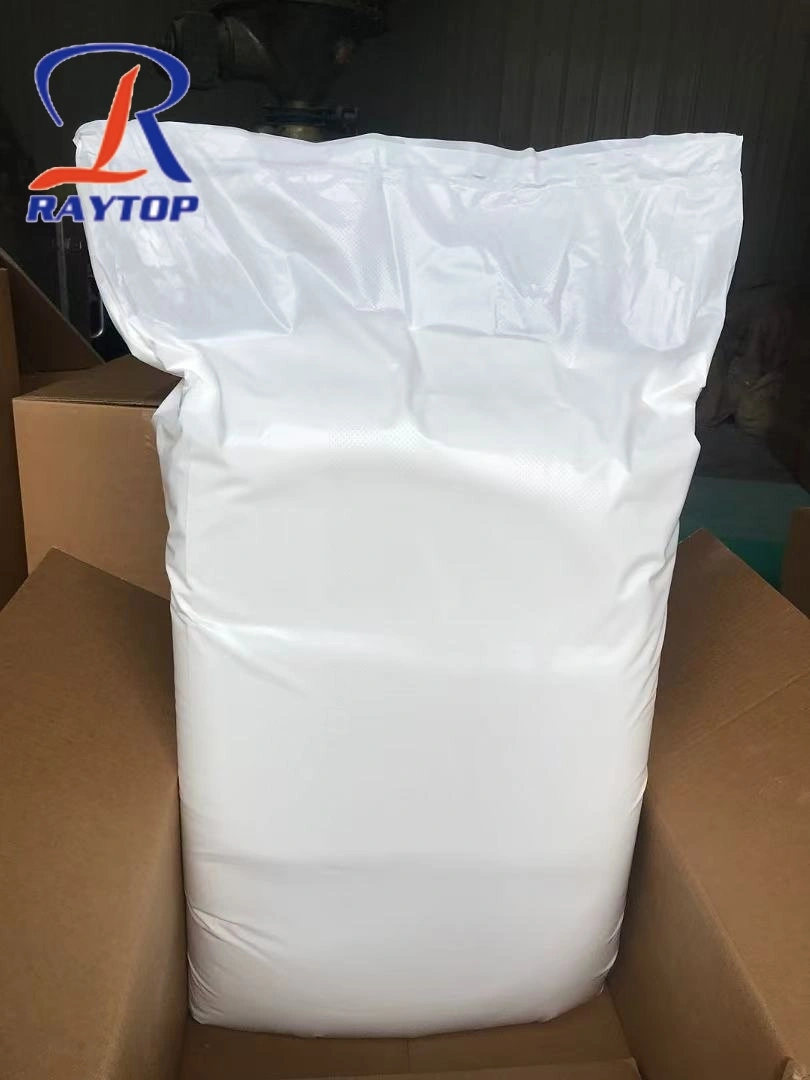
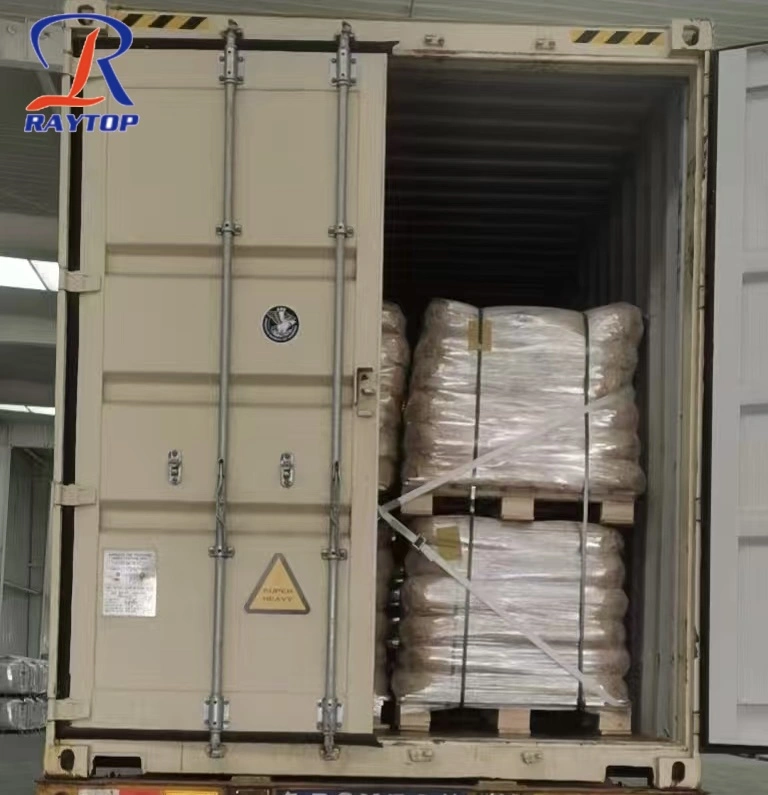
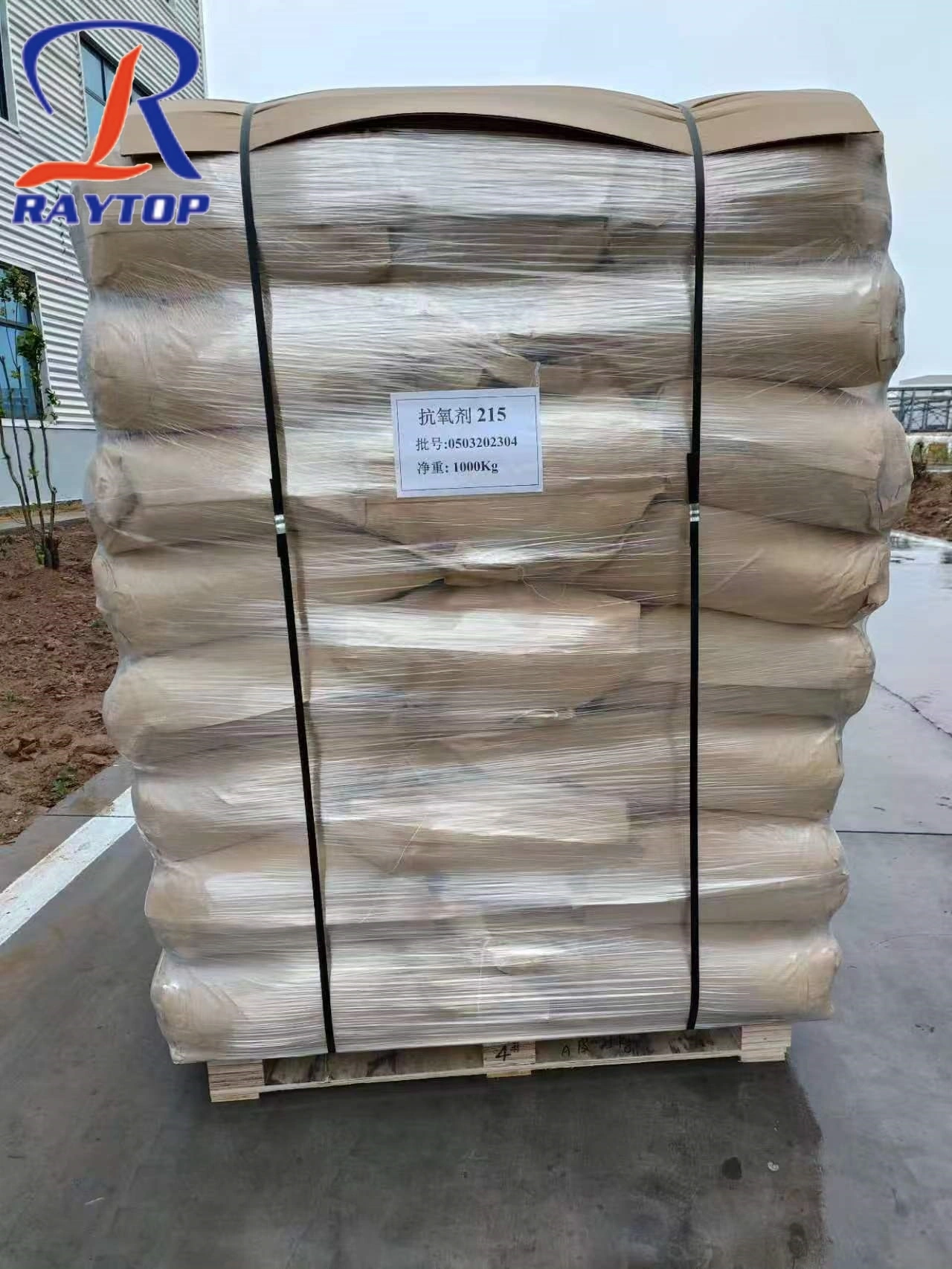
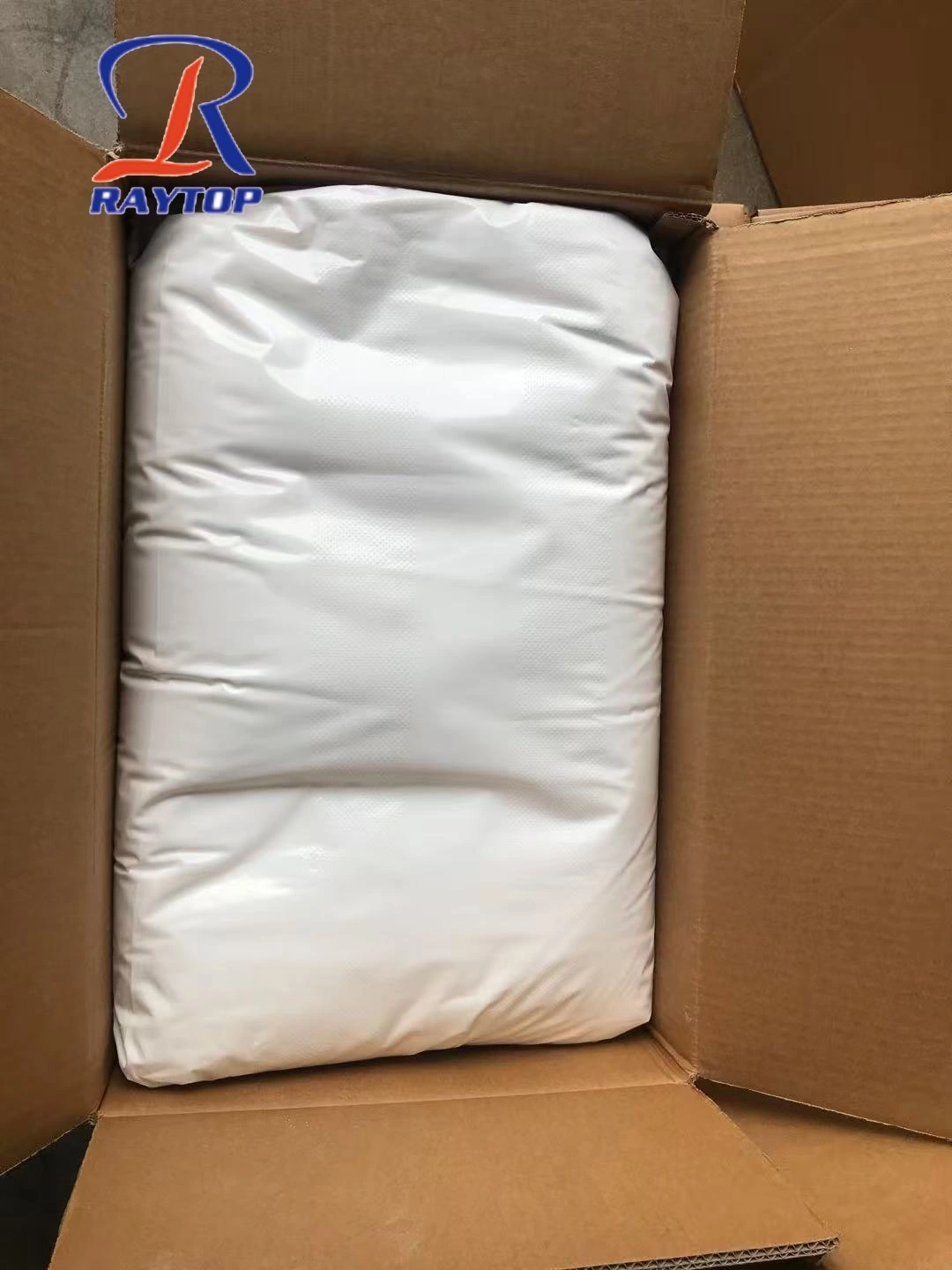
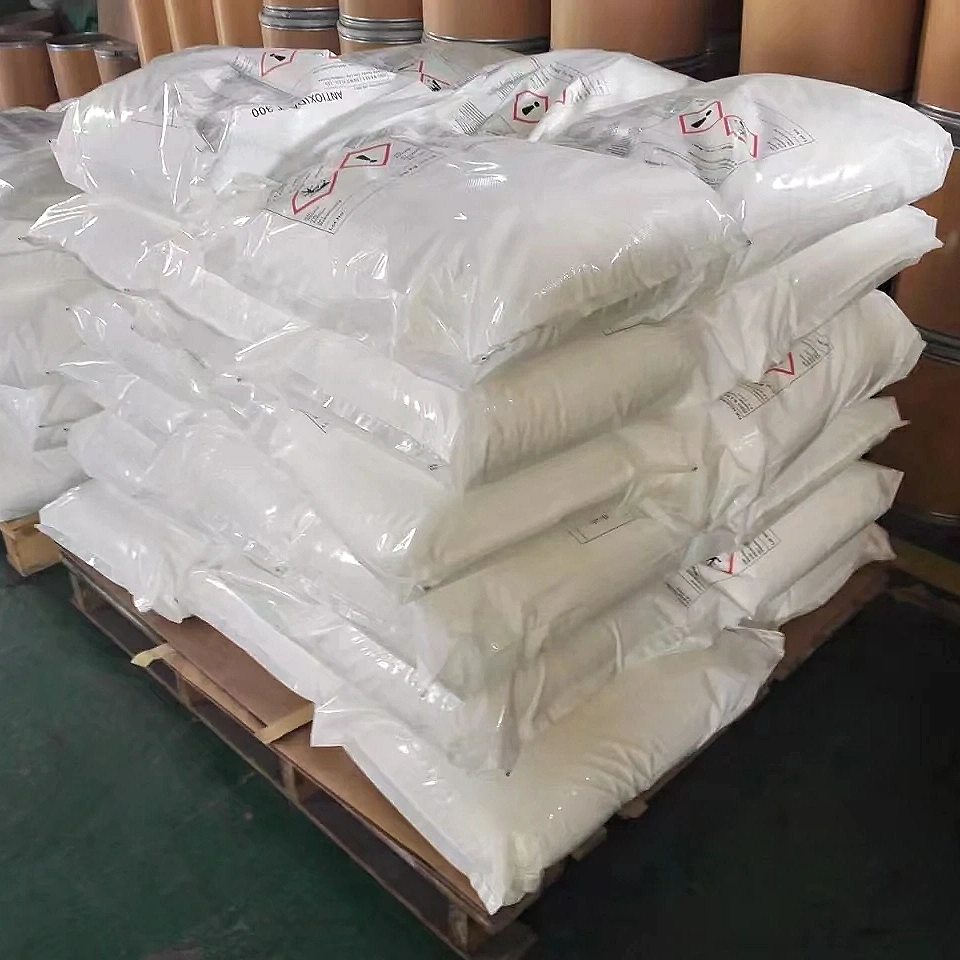
221.webp)
